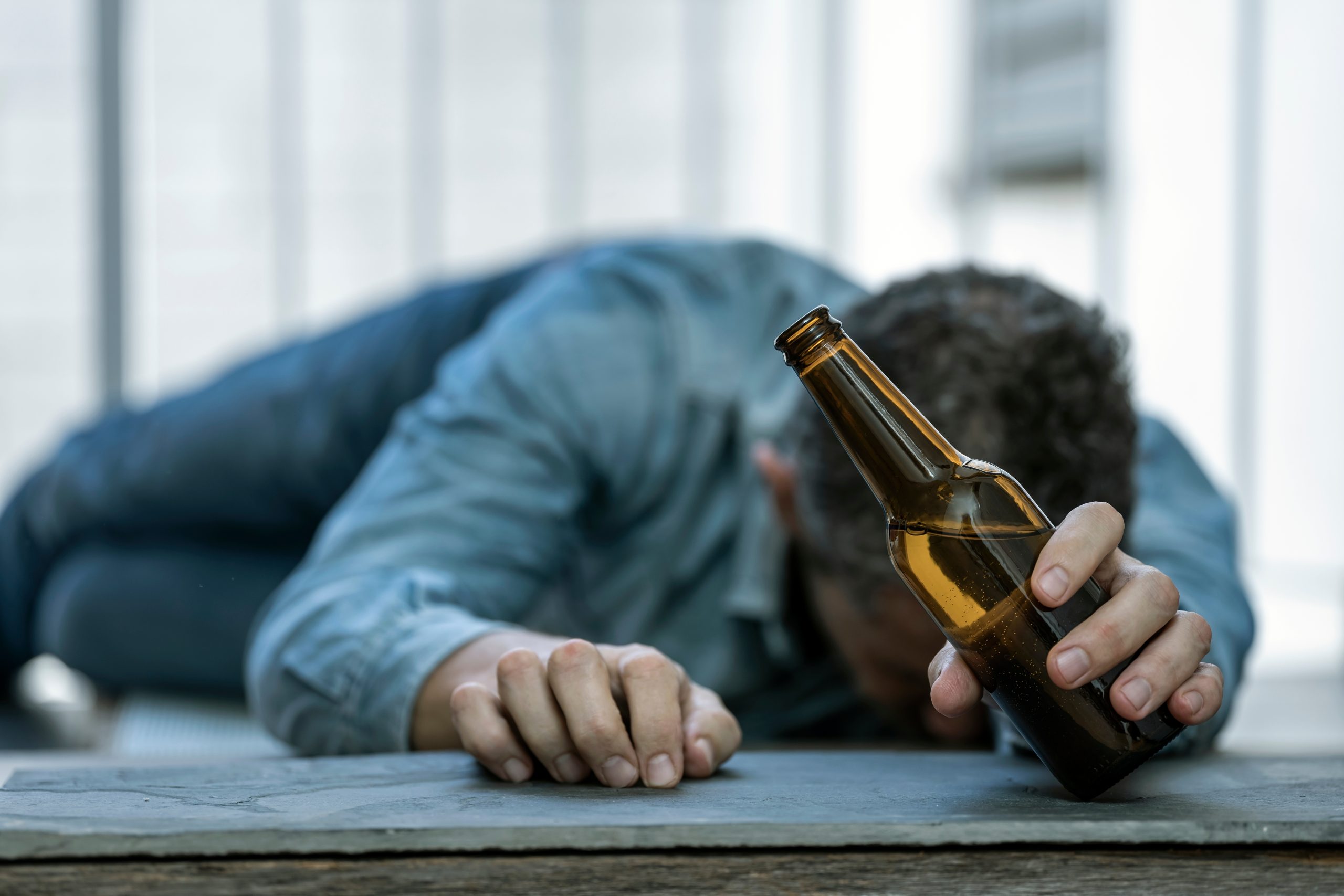More than half of Americans now recognize the link between alcohol consumption and cancer risk, but many still remain unaware of how even moderate drinking increases their cancer danger.
At a Glance
- Alcohol is classified as a Group 1 carcinogen (same category as asbestos and tobacco) and causes an estimated 20,000 cancer deaths annually in the U.S.
- Even light drinking increases cancer risk, with no safe minimum amount established
- Alcohol is linked to cancers of the gastrointestinal tract, larynx, liver, and breast
- The U.S. Surgeon General recently called for cancer warning labels on alcoholic beverages
- Public awareness varies by beverage type, with fewer people aware of cancer risks from wine (20%) than from hard liquor (32%)
The Hidden Cancer Risk in Your Glass
Despite being widely consumed and culturally celebrated, alcohol remains a significant yet underrecognized cancer threat. Classified by the World Health Organization as a Group 1 carcinogen—placing it in the same category as asbestos, radiation, and tobacco—alcohol is the third leading preventable cause of cancer in the United States, trailing only tobacco and obesity. The link has been established for several types of cancer, including those affecting the mouth, throat, esophagus, liver, colon, rectum, and breast. Research indicates that alcohol was responsible for over 740,000 new cancer cases globally in 2020, representing about 4.1% of all new cancer diagnoses.
The biological mechanisms behind alcohol’s carcinogenic effects are well-documented. When consumed, ethanol is converted in the body to acetaldehyde, which can damage DNA and prevent normal repair processes. Alcohol also causes inflammation, alters hormone levels (particularly estrogen, which is relevant for breast cancer risk), and increases the absorption of other carcinogens, creating a perfect storm of cancer-promoting conditions. Despite these clear links, public awareness remains troublingly low, with most Americans unaware of the danger lurking in their glass.
Since last fall, the US public has become more aware of the cancer risk from alcohol consumption, according to our latest survey, conducted after the US Surgeon General's advisory in January. https://t.co/aGslwIJDQb #alcohol #cancer #publichealth
— APPC Penn (@APPCPenn) April 1, 2025
No Safe Level of Consumption
A persistent myth suggests that moderate alcohol consumption might be safe or even beneficial. However, scientific evidence increasingly shows that there is no threshold below which alcohol consumption is completely free from cancer risk. The danger increases with the amount consumed, but even light drinking elevates risk. Notably, moderate drinkers—those consuming fewer than two drinks per day—account for approximately 25% of all alcohol-related cancer cases. Individual risk can vary based on genetic factors, overall diet, and other lifestyle choices, but the fundamental link between alcohol and cancer remains consistent across populations.
Public perception varies significantly by beverage type. A National Cancer Institute-backed study found that while 32% of Americans recognized the cancer risk from hard liquor and 25% were aware of risks from beer, only 20% understood that wine carries the same dangers. This perception gap likely stems from wine’s association with certain health benefits, creating confusion about its overall health impact. The reality is that the ethanol content—not the type of beverage—determines cancer risk, making all alcoholic drinks potentially dangerous regardless of their perceived sophistication or cultural cachet.
Growing Awareness and Official Action
On January 3, 2025, U.S. Surgeon General Vivek Murthy released an advisory explicitly warning about the connection between alcohol and cancer. “Alcohol is a well-established, preventable cause of cancer responsible for about 100,000 cases of cancer and 20,000 cancer deaths annually in the United States — greater than the 13,500 alcohol-associated traffic crash fatalities per year in the U.S. — yet the majority of Americans are unaware of this risk,” Murthy stated. The advisory outlined steps to increase awareness and minimize harm, including stronger warning labels on alcoholic beverages.
Public health campaigns are also emerging to address this knowledge gap. The Proof campaign in Canada aims to raise awareness about the alcohol-cancer link and encourage harm reduction strategies. Governments worldwide have set ambitious targets to reduce alcohol consumption by 10% by 2025 and 20% by 2030 compared to 2010 levels. These initiatives represent crucial steps toward integrating alcohol awareness into broader cancer prevention efforts. As public understanding grows, individuals will be better equipped to make informed decisions about their alcohol consumption, potentially saving thousands of lives through prevention.
Sources:
https://ascopost.com/issues/march-25-2018/raising-awareness-of-the-link-between-alcohol-and-cancer/
https://news.cuanschutz.edu/medicine/bernstein-alcohol-cancer
Surgeon General Urges Updating Health Warning Labels on Alcohol Products to Reflect Cancer Risk








